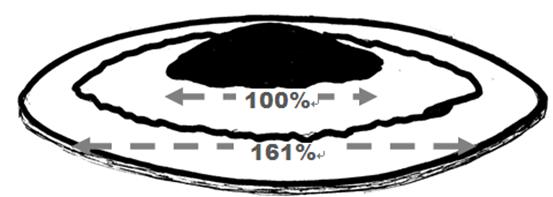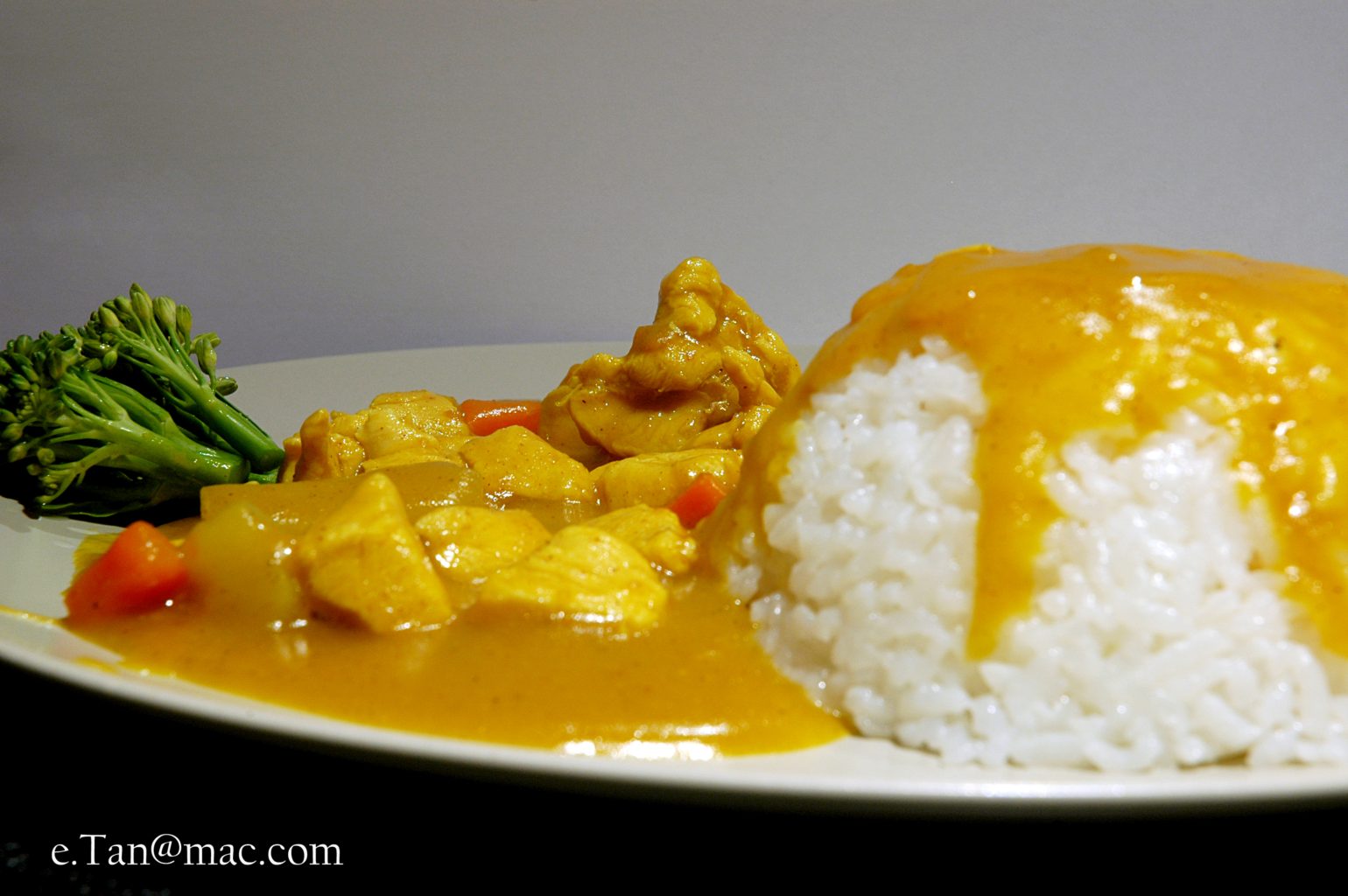Perfecting the perfect curry formula
In this month’s national news, Warwick Physics professor and published Physicist Mark Hadley devised a mathematical formula that determines the perfect ratio of rice to curry. Everyone is now probably asking: what does that even mean? So Maths and curry lovers, read on, for Dr Hadley has more to say behind his maths equation.
According to Dr Hadley, the ‘ideal’ curry has the ratio of 1:1 for sauce and rice. He also says that based on the golden ratio of Ancient Greece for the most aesthetically pleasing appearance, the circle of rice needs to be 61 percent wider than the spherical cap of curry on top.

According to the Daily Mail, Dr Hadley spent 40 hours devising the “complicated” formulae. It looks like someone had a lot of time to kill because it really is not complicated. Here is the formulae:

The formulae falls into place with the weight (WC) and volume (VC) of the curry sauce in terms of height and radius. Likewise, the weight (WR) and volume (VR) of the rice bed is also expressed in terms of its height and radius. The equation can be derived in a matter of seconds where the weight of curry has to equal the weight of rice for the 1:1 ratio. Weight is proportional to volume, however, the ‘fluffiness’ or density of the rice can make equal weights of rice and curry have different volumes. Hence, the ‘ideal’ fluffiness of the rice is incorporated into the formulae – the ideal fluffiness being 2, according to Dr Hadley, for a “perfectly cooked, loosely compacted, non-sticky Tilda Basmati”.
Dr. Hadley’s formulae has the rice as a cylindrical bed with a dome of curry sauce on top. The volume of the rice is therefore represented by the equation for the volume of a cylinder, while the volume of the curry is represented by the equation for the volume of a spherical cap.
However, I have doubts about Dr Hadley’s idea that there is an absolute ideal 1:1 ratio of rice to curry. I would say that the ‘perfect’ ratio of curry to rice is subjective – and I think most curry lovers would agree with me.
I am also a bit skeptical of the idea that aesthetic beauty can or should be defined by the golden ratio. I say the whole idea of the golden ratio and the idea that the rice should be 61 percent wider than the curry is nonsense. Quite frankly, I would like my dinner to look like there is a sufficient amount of curry and not just a spoonful, thank you.
I am also doubtful about the aesthetic appeal of a flat bed of rice. Perhaps it’s just me, but I think that a bed of rice with a spherical dome shape would be much more appealing.

I would therefore have the volume of the rice represented by the equation for the volume of a spherical cap instead of a cylinder. In effect, the curry sauce is no longer dome shaped but a hollow dome cap wrapped around the rice. The volume for the curry sauce is therefore represented by the equation for the surface area of a spherical cap multiplied by the thickness of the sauce (TC).
In the light of my criticism to Dr Hadley’s curry formulae, here is my perfected ‘perfect curry’ formulae where the flexible ratio of rice to curry sauce (C) and the flexible width of the rice in relation to the width of the curry (w) is introduced:

I still wouldn’t go as far to say that there is a perfect way to have curry, but that looks more like a ‘perfect’ curry formulae suited for everyone.

Comments (4)
Golden ratio? Might not work for Curry & Rice but it sure does for the Cosmos. Try this: http://asynsis.wordpress.com/2013/10/15/is-there-a-new-geometric-law-of-thermodynamics/